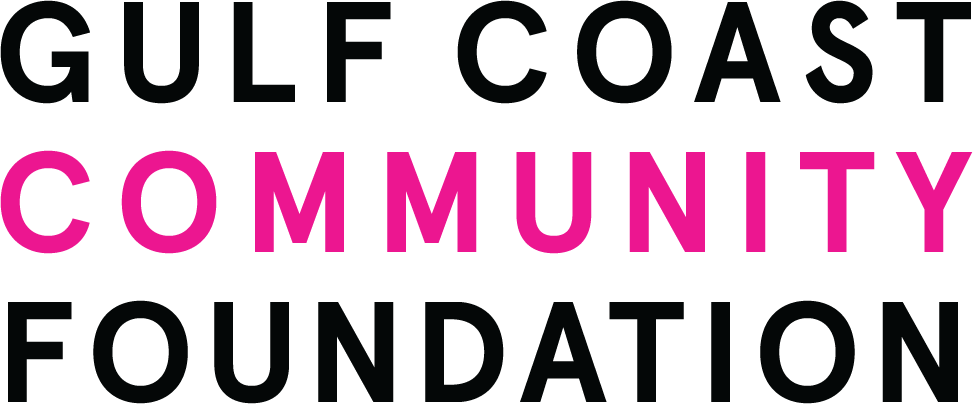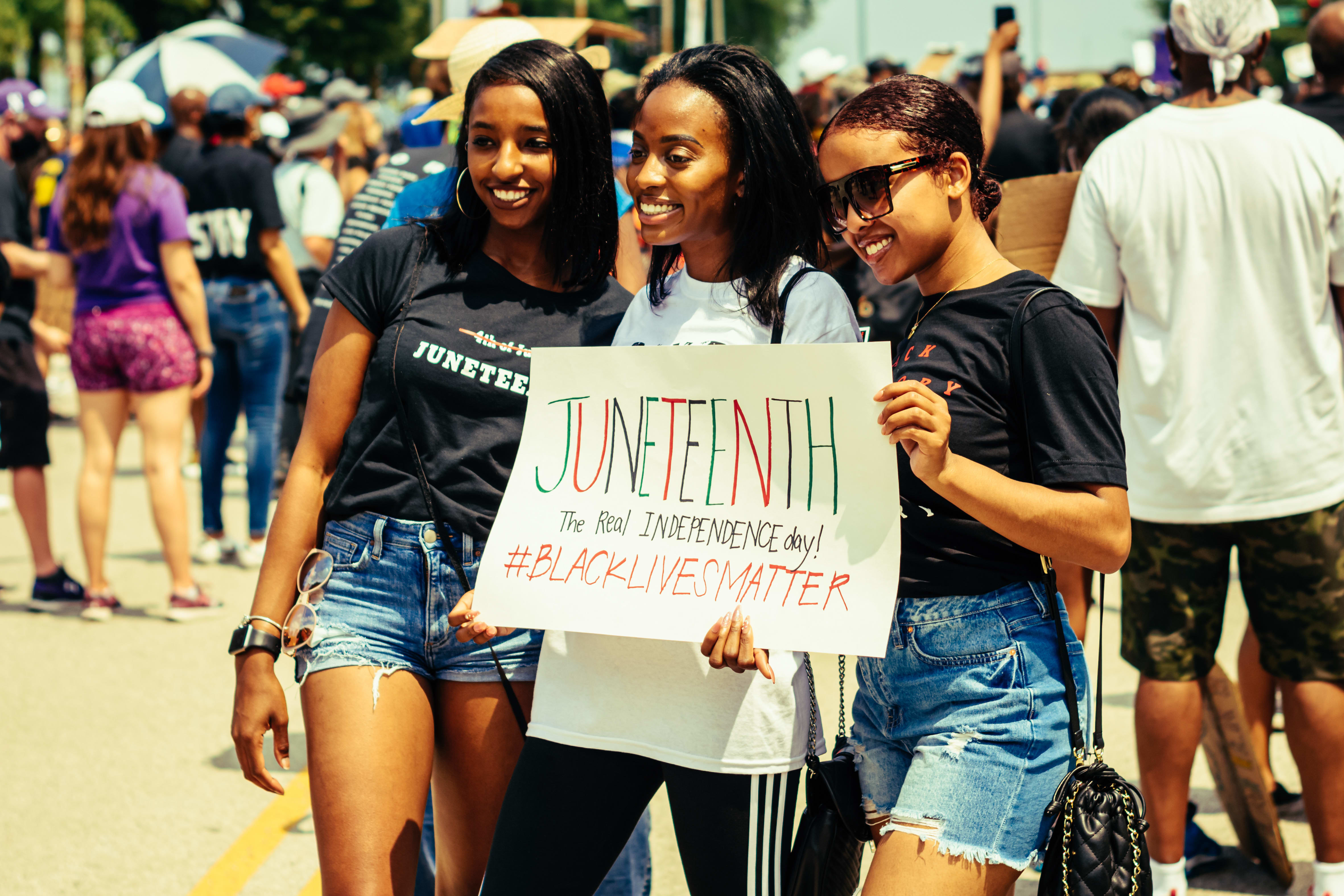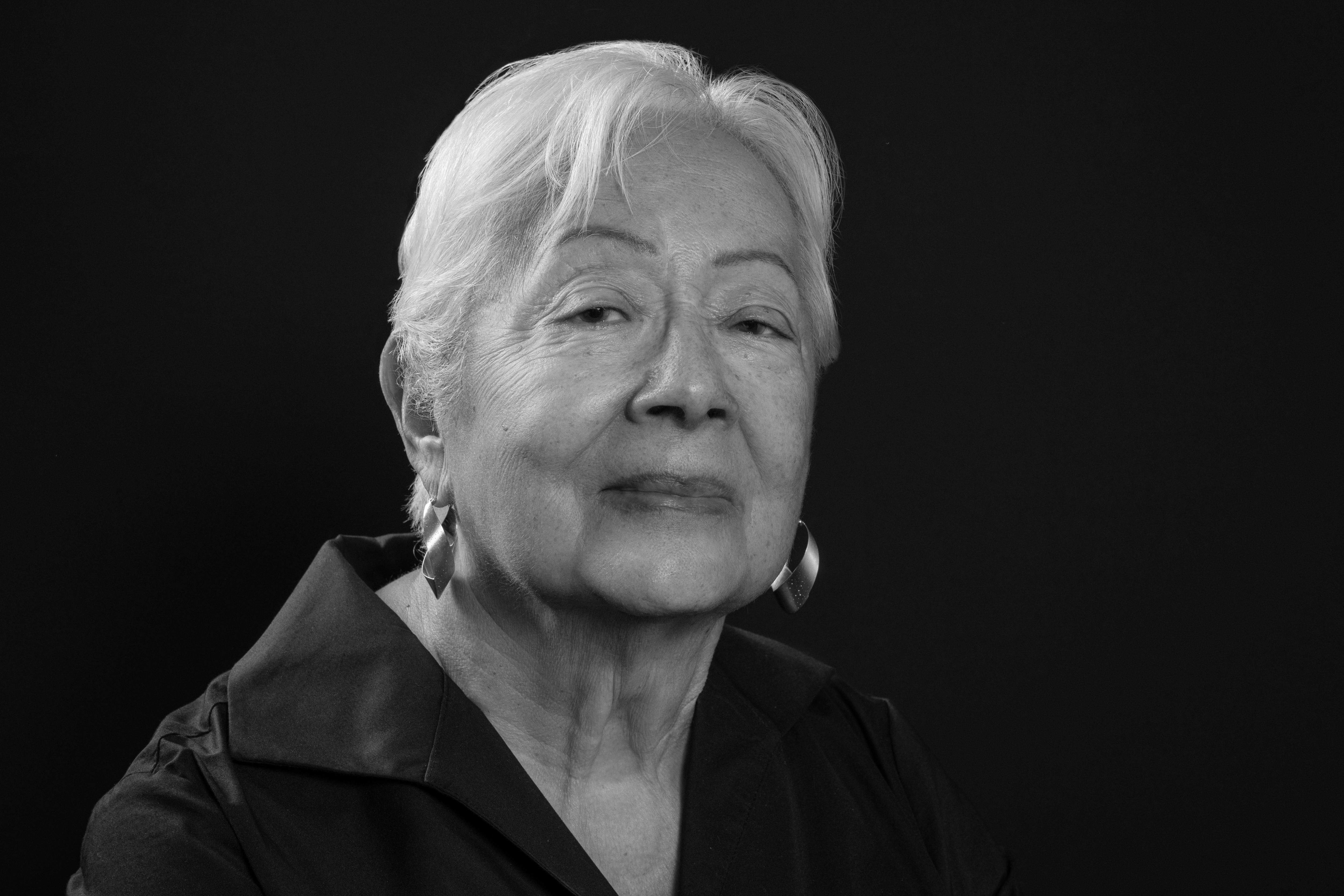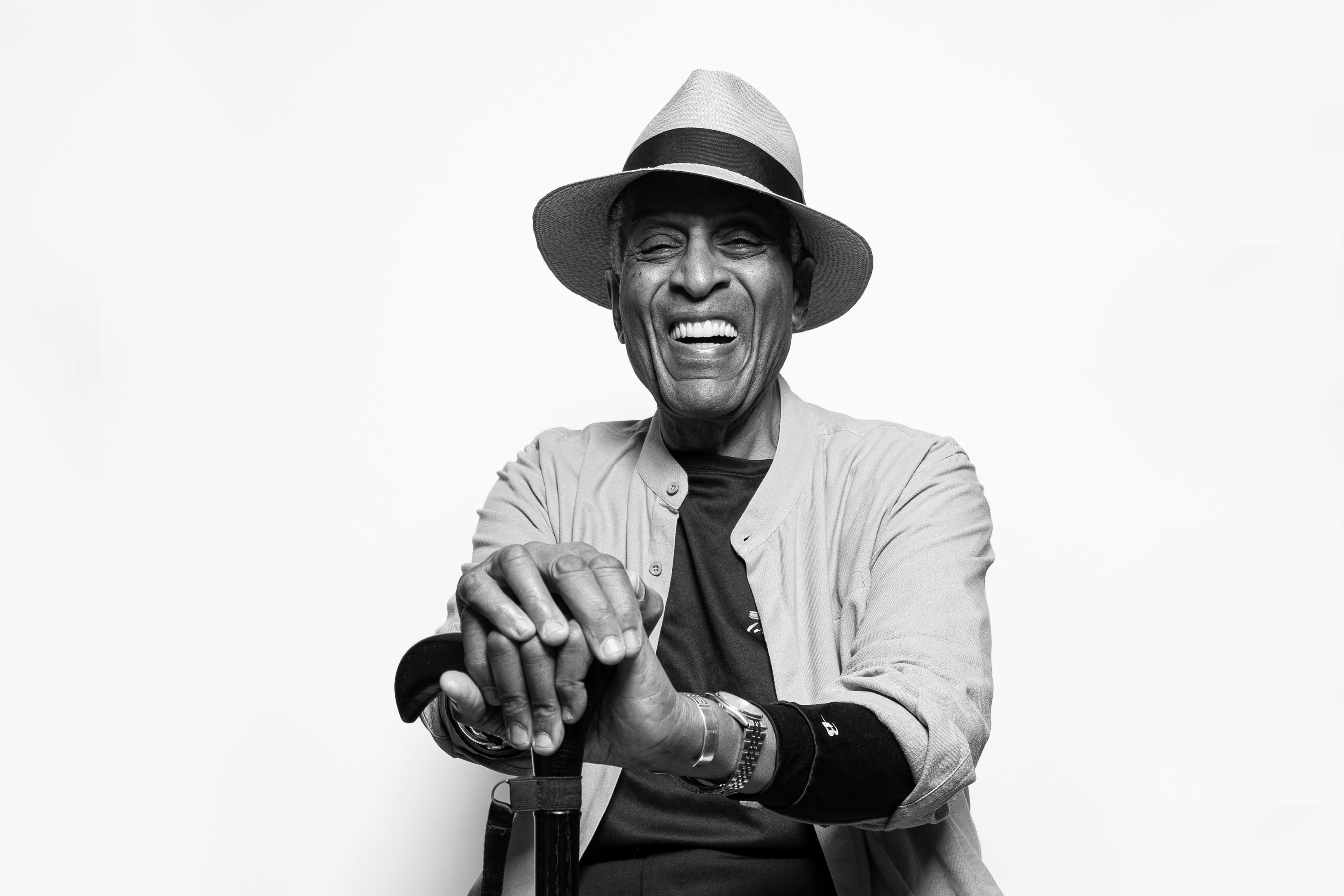Finance Executive Ted Downing on Redlining, the Wealth Gap and Hope for the Future
This article is part of the series Listening to Diverse Voices, proudly presented by Gulf Coast Community Foundation.
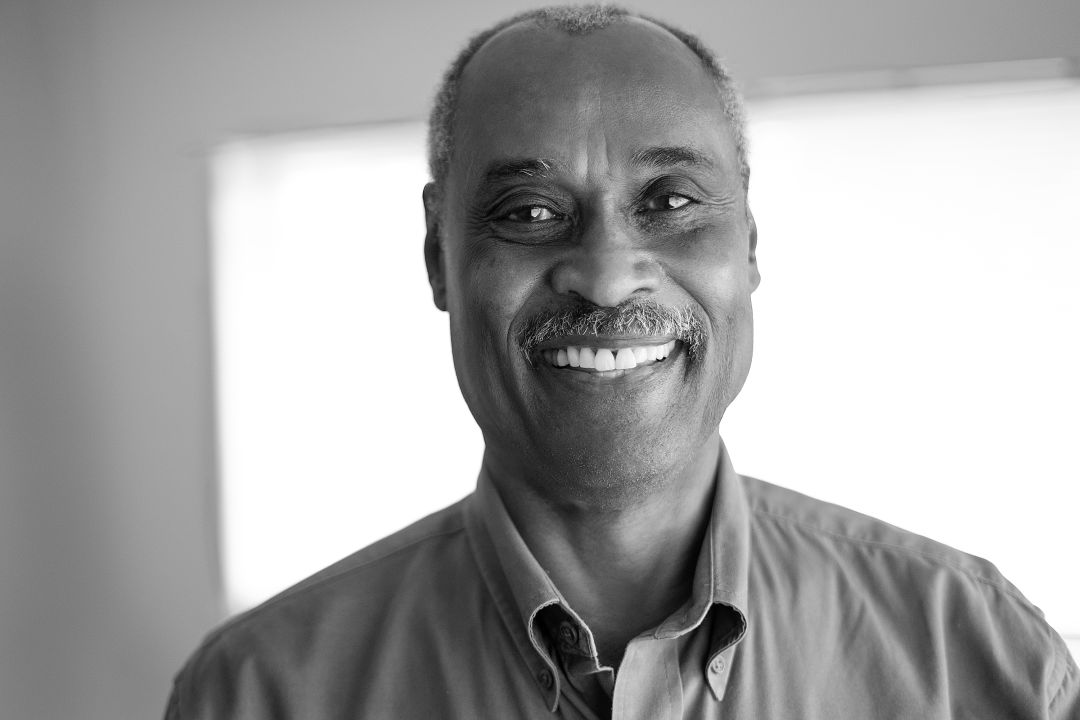
Ted Downing
Image: Michael Kinsey
For more than 25 years, Ted Downing was part of Chicago’s corporate world, from his time as customer service manager and equipment control manager at Xerox Corporation to serving as senior auditor and assistant vice-president of check operations and marketing at the Federal Reserve Bank. Downing was also nationally nominated to serve as visiting assistant secretary to the Federal Reserve System’s Board of Governors in Washington, D.C.
In fact, Downing was so influential in the banking industry that Bank One Corporation in Evanston, Illinois, lured him out of retirement to serve as president and market manager.
An Evanston native, Downing attended Miami University in Oxford, Ohio, and became a champion in track and field. In 1982, Downing was inducted into Miami University’s Athletic Hall of Fame and he served on the Alumni Board of Directors from 2009-2015, becoming board chair during 2015-16.
These days, Downing—now officially retired, although you wouldn’t know it—has gravitated back to his love for sports. He founded and sold a youth sports photography franchise called The Sports Section, and became a certified professional life coach, launching Downing Champion Coaching.
In 2001, Downing, who radiates positivity, moved to Sarasota with Julie, his college sweetheart and wife of 50 years. Now, he shares his passion for success and life with students at Booker High school, Suncoast Technical College and Take Stock in Children.
Tell us about a time when you experienced racial discrimination.
“When I was a college freshman in 1965, my team was returning from a competition in Kentucky when we stopped at a Howard Johnson’s for lunch. One of the athletes noticed that the pricing was different on the Black menus vs. the ones our white teammates were holding. On the Black menu insert, coffee was $10.
“My teammate showed our coach, who promptly said, ‘Put your menus down, everyone up!’ Our coach raised hell with the management and later wrote a letter to the company. It was my first in-your-face, overt discrimination. It left an impression on me.”
While attending Miami University, you were an NCAA champion in track and field, and competed in the 1968 U.S. Olympic trials. That was a high-profile year for Black Olympic athletes. What was it like for you?
“I was fortunate to make the high-altitude summer training in South Lake Tahoe. There, Dr. Harry Edwards—American sociologist and civil rights activist—gathered Black athletes to discuss non-violent ways to express issues that Black people were facing at the time. Edwards was incredible as the lead organizer of the Olympic Project for Human Rights (OPHR). In fact, he was behind the black-gloved Black Power salutes of John Carlos and Tommie Smith, widely known as the most recognized protest in sports history.
“I felt strongly about the issues of the time and attended the OPHR meetings where I met John Carlos, Tommie Smith, Lee Evans and other Black athletes. Harry presented his case for using the Olympic platform to highlight societal inequities. Athletically and socially, those guys had a voice and a platform. But it was always about a symbolic message that would be communicated to a large audience. Harry had strong feelings about the methods to express activism—it was non-violence first, then meaningful publicity that the world would not be able to turn its back on. He was right, and it was monumental.”
What did it mean to you when Carlos and Smith raised their fists in the air on the medals podium?
“I was not surprised at all; in fact, I expected it. It was a powerful statement at a time when a powerful statement was needed. And it was revealing because it was something that had never been articulated in that forum. Carlos and Smith set the tone for other athletes, and for those who looked up to them, from high school students on up. It changed the way many Black people viewed themselves, as well as the larger athletic world. The Black athletes had an important platform to influence people positively, and they did.
“One of the lesser-known non-violent protests from the 1968 Olympics was the wearing of black socks. One of the athletes who did was my roommate at the trials, Larry James. He won a gold medal in the 4x400-meter relay and a silver in the individual 400 meters. Same with the sprinter Lee Evans. Their black socks didn’t make the news, but it was an overt protest symbol for those who were there.”
What gave you the fortitude to move beyond the racial indignities you’ve experienced?
“Two things: my parents and deep faith. My parents came from Greenville, S.C., during the migration of 1930s and ‘40s. They wanted to benefit from the promise of the ‘great change of the North.’ But once they did, they experienced discrimination in a more subtle fashion than they did in the South.
“The conversation about the Black experience is a rite of passage in the Black community. It provides coping skills for what to expect and the ability to break through in spite of barriers and the maze of society. If a Black youth doesn’t experience that rite of passage, it’s a different proposition altogether.
“Is there going to be discrimination? Sure there is. But there are things we learn in our upbringing and from others with similar experiences. We don’t know what we don’t know until we are told. Intrinsic self-reflection is developed over time, and it’s important to continue to share with others. That feeds the soul.”
After college, you began a long career in finance. Talk about redlining and its impact on the Black community.
“For many decades, banks in the U.S. denied mortgages to people, mostly of color in urban areas, preventing them from buying a home in certain neighborhoods or getting loans to renovate their homes. This practice—once backed by the U.S. government—started in the 1930s. Many cities like Chicago, Detroit and Tampa, with large minority populations, were affected.
“As a result, banks and mortgage lenders commonly rejected loans for creditworthy borrowers based strictly on their race or where they lived. As a part of this practice, financial firms, real estate agents and others demarcated geographic areas that were effectively off limits for issuing loans.
“Redlining was how lenders identified and referenced neighborhoods with a greater share of people deemed more likely to default on mortgages and loans. Lenders outlined on paper maps the parts of a city that were considered neighborhoods at high risk for approval for loans. Riskier neighborhoods were predominantly Black and Latino.”
The typical Black family has 1/10th the wealth of a white family. What will it take close the racial wealth gap?
“We have to get past stereotypes for it to happen in a meaningful way. And that’s going to take a generation of open-minded, progressive-thinking people who subscribe to the theory that when all of us do well, we all do well.
“There are opportunities within the business community. For example, in the ‘70s, I worked for Xerox, which was a forward-looking company. They were all about equity and equality, and they looked at business in terms of areas of propositions but not by color. Part of my performance appraisal was based on standards and targets such as equity in the workforce and the communities we served. Xerox incentivized managers to do the right thing based on business, which is a model that many companies could benefit from.”
Tell us about how you mentor youth in Sarasota.
“There are few things in life that cannot be taken away—knowledge and education are among them. Education levels the playing field. I use real-world experience to develop workshops and presentations on essential skills to prepare students to become resilient, critical thinkers.
“When Dr. Rachel Shelley, at Booker High School, shared her Booker Promise plan to ensure that 100 percent of the students graduate ready for college or careers, that spoke to me. I work with students to build a bridge of understanding on how to get from here to there with a personal plan for success, whether that’s writing a resume, how to interview, time management, business etiquette, how to dress for success and work a room, as well as building a personal brand.
“I also teach them how to create an elevator pitch and practice it. My students can skillfully recite it on the spot—all real-world exposure. And I ask them to share what they learn with others. Often, students write me from college to say that they are utilizing the lessons they learned with me, and that it has made all the difference in their college success. That’s the payoff. This contribution keeps me going.”
What makes you hopeful about this generation?
“They are introspective, insightful and discuss what’s important, from social consciousness to service to others to live-work balance. They know a lot more than I did at their age, and that makes me hopeful.”
What do you want your white friend/neighbor/colleague/community to be doing right now?
“To understand, through honest conversations about the past and putting them into perspective. It’s hard to walk in my shoes, but not hard to see the color of my shoes. Empathy is particularly important, and there are many opportunities for this with our fellow man, no matter who they are. When we gain empathy for others, we don’t separate and divide. It’s not rocket science, it’s common sense.”
Listening to Black Voices is a series created by Heather Dunhill
